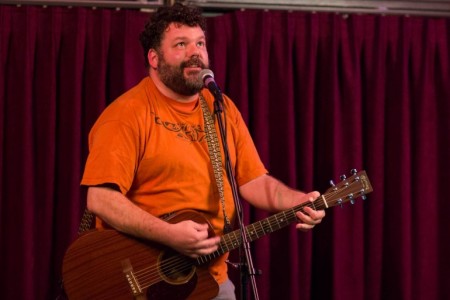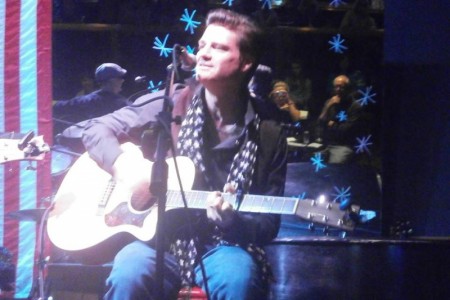October 2017 Assignment
You don’t have to be a great musician to understand how words and music can work together to communicate ideas. Whether you’re a jazz ace or a four-chord country strummer you can improve your song by pairing a key lyric with a chord change that adds emotional value to the lyric. Even in a progression as simple as C C F Am, the major chords establish an emotional base that changes with the arrival of rich-sounding minor chord. Place a key word under the Am and the lyric’s emotional value increases. .
Try this exercise: Write a simple lyric for C C F Am in which a word that carries emotional value is paird with the minor chord. Something like, “I (C) need (C) to (F) know (Am)” or “You’ll (C) go (C) a- (F) -way (Am). Play the chords, sing the lyrics and notice how the change from major chords to the the Am places a heightened emphasis on the syllable matched with the minor chord. Now, play and sing it again but make your voice crack when you sing that last word, the lyric paired with the minor chord. Instead of making music that is a backdrop to your song, you’ve used a musical tactic to add emotional value to a key lyric that is sung using a vocal tactic that gives the word even greater weight.
You may find that you’ve already been doing something like that in your songs. Autochords.com has a cool conversion tool that lets you experiment with chord progressions. Find one that includes major and minor chords and write a song around it.
Check out these sort-of-related websites.
Why do major keys contain minor chords?
Good instruction analyzing major and minor chords in Carole King’s “You’ve Got a Friend.”
The Science Of Music – Why Do Songs In A Minor Key Sound Sad?




